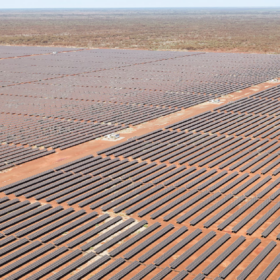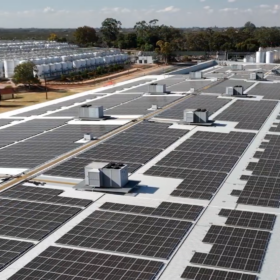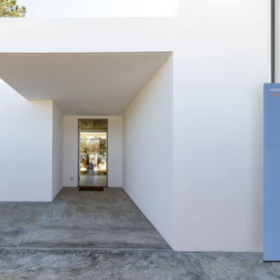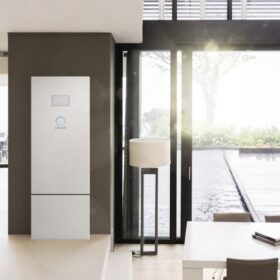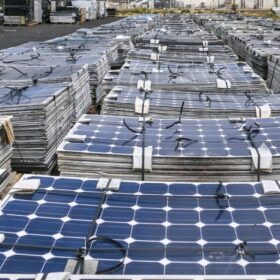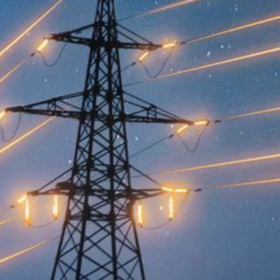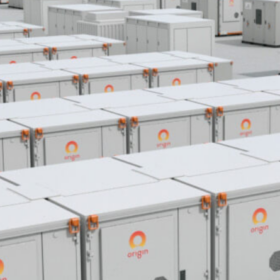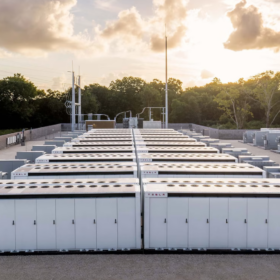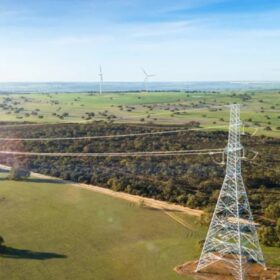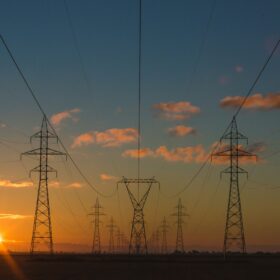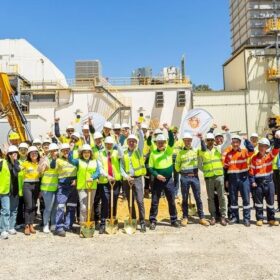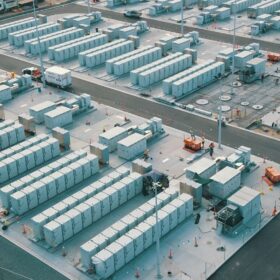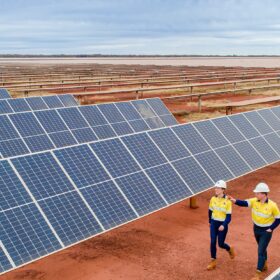Fortescue announces commissioning of a 100 MW solar farm in the Pilbara
Mining giant Fortescue Metals Group has begun commissioning its 100 MW solar farm at the North Star Junction south of Port Hedland in Western Australia, as the company progresses toward a target of real zero by 2030.
Global wine company toasts power purchase agreement with Origin Zero
South Australian company Accolade Wines has entered into a power purchase agreement for its Berri Estates facility with gentailer Origin Zero that will own, operate and maintain a rooftop solar array of 4,800 panels at the regional site.
Behind-the-meter battery uptake glitched by New South Wales battery rebate wait
New South Wales government efforts to stabilise the grid through an incentive scheme offering battery rebates has caused a lull in battery uptake and installations while some consumers wait another four months for the rebate to kick in.
How long do residential solar batteries last?
Multiple factors affect lifespan of a residential battery energy storage system. We examine the life of batteries in Part 3 of our series.
Critical mineral report highlights Australia’s solar panel recycling potential
A new report published by the CSIRO says Australia’s research into solar recycling is second in the world, outside China, but suggests the establishment of mid-stream activities such as the production of metallurgical silicon and polysilicon have big potential.
Northern Territory lands $250 million for new transmission projects and upgrades
The Northern Territory and Australian government have signed a landmark $250 million deal under the Rewiring the Nation fund to upgrade the Territory’s grid and rollout new transmission projects before 2030.
Origin stage two battery approval elevates Eraring’s storage capacity over 2 GWh
Origin Energy has approved a $450 million investment to construct the second-stage 240 MW / 1,030 MWh four-hour duration grid-forming battery at Eraring Power Station in New South Wales, set to boost the site’s energy storage to over 2 GWh.
Koorangie storage facility hits milestone with delivery of 100 Tesla Megapacks
The Koorangie battery energy storage system being constructed in northwest Victoria has achieved a major milestone with the delivery of 100 Tesla Megapacks with grid-forming inverters that operate in virtual machine mode.
Frontier Energy lands $215 million to fund Waroona renewable energy project
Western Australia clean energy developer Frontier Energy has been granted $215 million in debt finance for its Waroona Renewable Energy Project south of Perth, from specialist infrastructure fund Infradebt.
Northwestern Victoria earmarked as best potential for renewable energy developments
Victorian transmission infrastructure operator VicGrid has identified over half the state as having potential to host future renewable energy developments, as outlined in its draft Victorian Transmission Plan guidelines.
